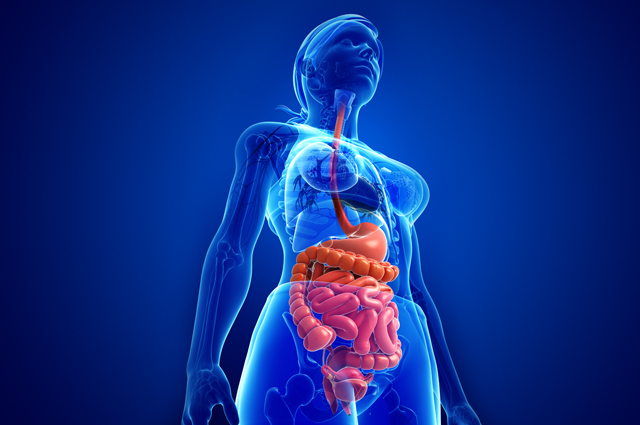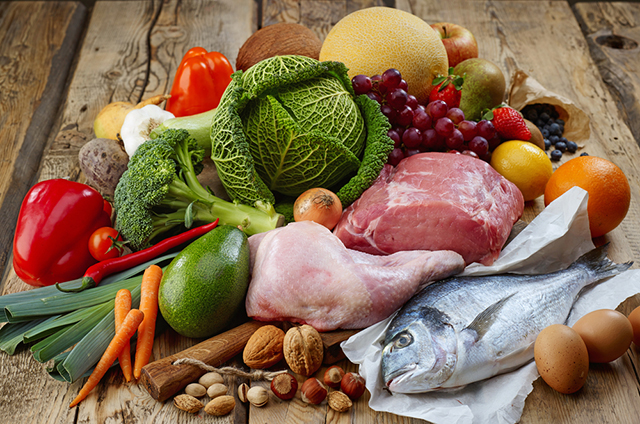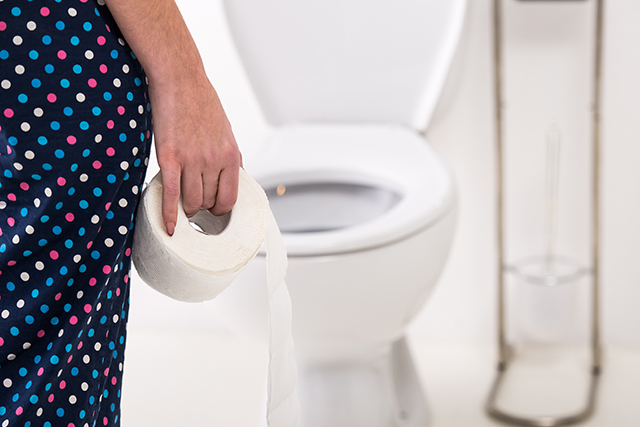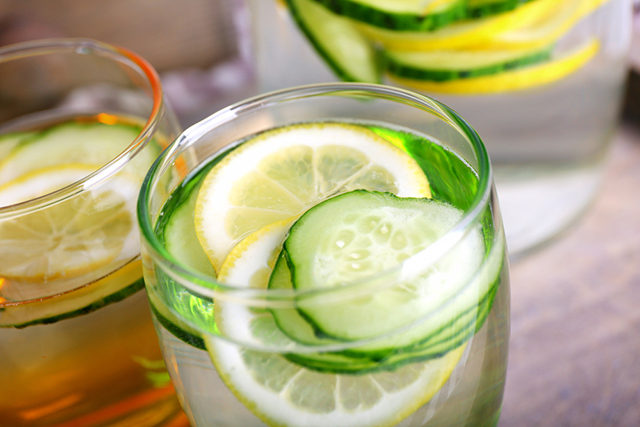https://www.girlsgonestrong.com/
You’ve committed to a healthier lifestyle, opting to increase your veggie intake, decrease your sugar intake, drink more water, and showing up at the gym to push some weight around or whatever your pleasure is there.
You feel like you’re doing everything “right.” Why then, in the face of all of this healthiness, have your bowels ground to a halt?

Constipation, gas, and bloating are among the most common gastrointestinal complaints for many people transitioning their nutrition or exercise routines. Though common, they are hardly desirable and can leave one scratching their head in wonder. After all, you are making better choices, right?!
The good news is that these changes are usually transient, meaning that they will go away and normalize on their own. But what if they don’t? And why do they even start in the first place?
Your Microbiome and Your Second Brain
Ensconced in your large intestine is approximately 100 trillion bacterial cells, the vast majority of them friendly, helpful and crucial for health, well being, and (ahem!) gut motility. Collectively this village of gut bugs is known as the microbiome.
The microbiome is responsible for hundreds, if not thousands, of functions. They help us break down a variety of food compounds and fibers, they “humanize” nutrients we have consumed from plants, they have an impact on our relative leanness and fatness, they help promote or dampen production of feel-good hormones, they talk to and coach the immune system, and they communicate with the enteric nervous system (ENS) sometimes referred to as the Second Brain. This is the vast neuronal network from the esophagus to the anus that monitors the second-to-second aspects of all things digestion.

The reason things can slow down, get gaseous, or get uncomfortable in the gut when we make dietary or lifestyle changes essentially lies both in the microbiome and second brain.
Your microbiome runs very much on the same fuel that you do. Unique to you as your fingerprint, your gut flora look for carbohydrate and fiber fractions to munch on and get fueled from. In return, they make a variety of health boosting compounds, including SCFAs (short chain fatty acids) that the body uses for quick energy and to quench inflammation and other metabolites that keeps the whole operation of digestion running smoothly.
The landscape of your microbiome is continually changing and has been since you exited your mother’s womb. Whether you were born vaginally or by C-section, if you were breast or bottle fed, when (and if) you received your first round of antibiotics, whether you had or have pets, what your first foods were, your current age, location, diet and exercise all greatly impact the gut flora.

So, they eat what you eat. Thus, if you make a dietary change – say, increasing your dietary fiber through consuming more vegetables (super healthy thing to do, by the way) your gut flora have to adjust. If you are increasing your vegetable intake, your gut flora will also change to promote more bacteria that can also metabolize and consume the fibers that you are consuming.
Diversity, in any ecological or societal system, is the spice of life and is the best defense against ruin and collapse. And so it goes with gut bacteria. If you don’t eat a lot of fiber, you are going to select a population of bacteria that don’t eat a lot of fiber either.
Then, when you do increase your fiber intake, you may experience those uncomfortable symptoms as your microbiome adjusts. As the numbers of bacteria increase that can handle the additional fiber and activity, your symptoms will dissipate, typically within a week or two.

So take heart, and know that these symptoms are actually a manifestation of a gut flora in transition to something more equipped to handle your healthy lifestyle.
There are a number of things that you can do to help your microbiome and second brain acclimate to these changes:
- Sit down when you eat: we are all guilty of chugging a protein shake while running out the door or eating something over the kitchen sink, but truth is, it is more soothing for your second brain and balancing for gut motility to be relaxed when you eat.
- Chew your food well: put your fork down between bites and chew that food until it is a soft paste. Chewing well puts less pressure on the stomach to break down food, less biochemical pressure on your digestive enzymes, acid and bile to break down the food biochemically, and, when food is better-blended, it is less fermentable by the bacteria in the colon, leading to less by products of fermentation.
- If you are increasing fiber consumption, through veggies or supplements or whatever, you must increase water too: Adding fiber to a dry or dehydrated system will slow you down even more. For every additional gram of fiber you consume, aim for an additional ounce of water. Your pee should be a pale, clear yellow.
- Consider a digestive enzyme: just til your gut flora gets used to your new routine, enzymes will help break down harder-to-digest compounds, helping to “train” your bacteria, reducing gas and bloating and even reducing constipation. Enzymes are used by many integrative practitioners as an intervention for constipation.
- Bring in fermented foods: Long lost from our diets in the 90’s, this class of food is making a big comeback, and it is a good thing, too, as they help nourish, bolster and diversify a healthy gut bug population. Kombucha, kefir, yogurt (IF you tolerate dairy products), kimchi, pickles and sauerkraut are all good options. You only need a couple of bites.
- Magnesium matters: on the supplement side, magnesium is a powerful go-to for constipation, helping to soften the stool and relax and dilate the bowel. Magnesium does a plethora of good things for the body, helping with blood sugar regulation, anxiety, musculoskeletal health and about 400 other things. Taking 300-500mg of magnesium before bed, followed by a big glass of water in the morning will often stimulate a bowel movement.
- Balance hard exercise with restorative movement: like the types of food you eat, the different ways you move your body will impact the gut flora. Movements should be varied and balanced. Just as it’s not ideal to couch surf 24/7, it’s no good to only go hard at the gym. Leisure walking, restorative yoga, tai chi and other forms of gentle movement should be incorporated to make your gut flora and second brain happy both.
- Probiotics are primo: Probiotics, the supplemental form of beneficial bacteria, act as transient visitors in your gut, and during their brief stay, they help spruce up bacterial populations and action, and also help the immune system and second brain. If gut symptoms aren’t clearing up, a dose of probiotics for a few weeks may be just what you need.

Infuse your water with cucumber, mint, or cinnamon to encourage yourself to drink more.
Follow these tips and give your body a little time to adjust to your new diet. Before you know it you’ll be feeling great!

Filed under: Fitness

 For now classes are 6pm and 640pm at 2840 Wildwood st in the Boise Cloggers studio.
Book your class NOW!
click this ==>
For now classes are 6pm and 640pm at 2840 Wildwood st in the Boise Cloggers studio.
Book your class NOW!
click this ==>








